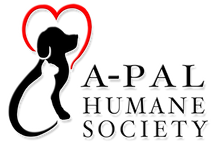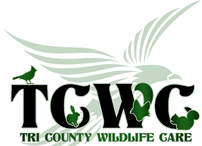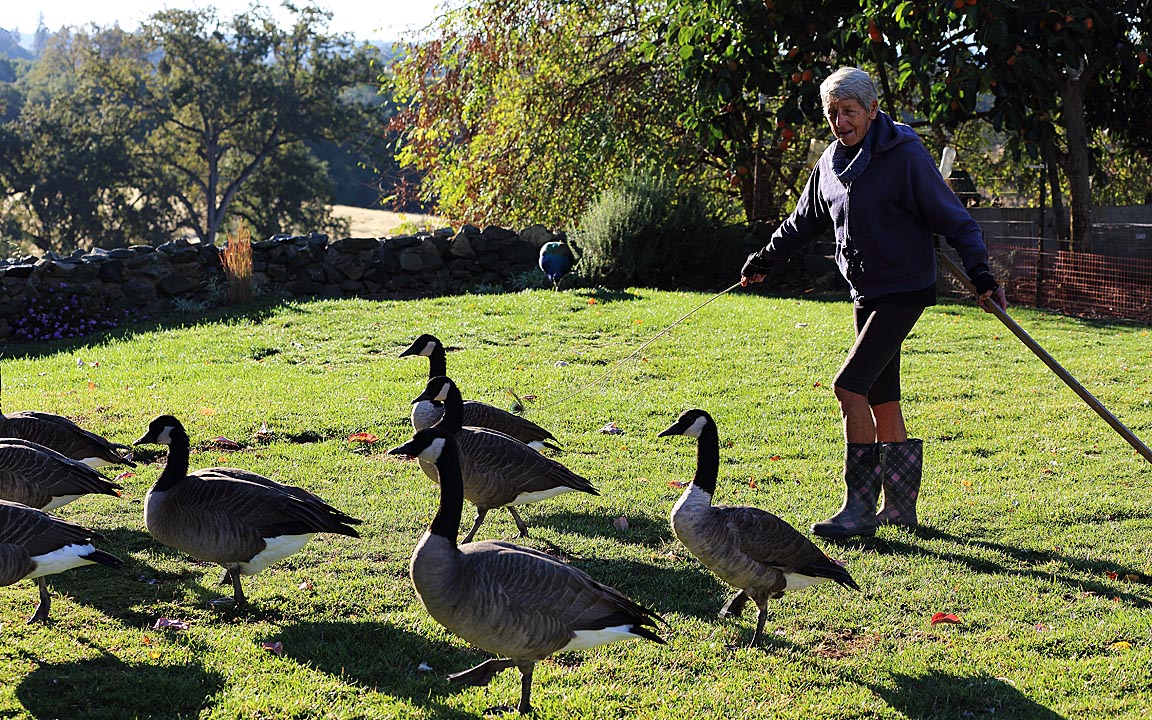
Carol Galinski- Waterfowl and Game bird Team Leader
Q: Why do you work with waterfowl? A: It all started when we were living by the canal in Sacramento. I went for daily walks and the canal had a lot of water birds living in it. I was rescuing a lot of injured and orphaned birds when I found them on my walks. I took the birds to Dawn DeBerry who was a rehabber for Wildlife Care Association of Sacramento. She was very busy, so eventually asked me if I could help her. I decided I would so I took several wildlife classes to be able to qualify to rehabilitate wildlife. I became hooked on rescuing these birds, so I would take all the classes I could to learn how to save them. We eventually moved to Sonoma and I volunteered on weekends at the bird rescue in Santa Rosa. I was feeding baby birds and any that came in. When waterfowl babies came in, I would take them home to care for them. This started my love for these birds. When I moved to Jackson, I joined Tri County Wildlife Care and no one was working with these birds here. Over the years my intake of these birds has grown tremendously. One thing about these birds is that you never know what kind of bird you are going to get in. I handle mallards, wood ducks, Canada geese, pigeons, pheasants, doves and many more. I have taken many classes to enable me to administer medicines and fix injuries when needed. This is very rewarding to be able to get them ready for release. This has become a labor of love for me.
0 Comments
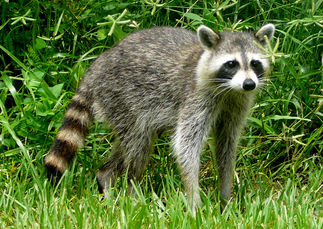
Source: Amador Ledger-Dispatch
Jan 16, 2017 "Well maybe not good but it was peanut butter. Yes, peanut butter was his demise. That is what it took to get the evil raccoon into my trap. I have been working on trapping this dark creature for over two months now. My back lawn is a mess but let the good times roll. My daughter has named me the Jeremiah Johnson of Ione. Yes, the beast still lives but he lives many miles from me. My wife woke me up at about 5am this Tuesday morning to let me know that the creature was in our clutches. Yes, he was very mad. He was reaching out with his devilish paws to try by any means to regain his freedom. He did get his freedom but it was a long way from my house. But, I am sure that he has friends. My diligence will continue for as long as life allows. Oh, by the way, please don’t tell the Fish and game about this. They might want me to get a license. " Letter to the Editor - Remove the reason, not the raccoon (response) Jan 27, 2017 Truly, wildlife is not evil, they are just trying to survive like the rest of us. Trapping and relocating wildlife is illegal and cruel. Trapping and relocating wildlife, or any animal for that matter, is cruel and most will die within the first week because they do not know where to find food, water and shelter and may be in another critters territory. It is illegal because you may introduce parasites and diseases where they did not exist. Wildlife always becomes a nuisance for a reason, so if you remove the reason, the wildlife will stop coming. When raccoons are digging up a lawn, it is because they are finding food under the grass. Tri County Wildlife Care worked with a woman in Tuolomne County who had put 2 types of wire over her lawn and had their county trapper trap and kill 12 raccoons. We were able to help her get a spray to kill the grubs under her lawn and the raccoons stopped coming. If you want a permanent and humane solution to wildlife nuisance animal problems, find the reason they are coming, get rid of it and they will go away. Trapping, relocating and killing are only temporary solutions. For humane and permanent solutions to wildlife nuisance problems, please visit www.pawspartners.org or call 209-283-3245. Susan Manning Tri County Wildlife Care
Yes we do have Northern Flying Squirrels throughout Northern California. If you have bird feeders with tree canopy overhead, you may even see them visiting your feeders at night.
These fascinating little creatures don't really fly, but they can glide long distances from tree to tree. One of their interesting defenses is to immediately move sideways when they land after gliding. It is thought that they do this to evade owl predators. Flying squirrels are shy and nocturnal so rarely seen. They are solitary creatures for most of the year, but when the weather gets cold, they join together in community nests to stay warm and have been found in groups of more than 50 squirrels. They make their nests in cavities of dead trees and abandoned woodpecker nests. Their diet includes lichen, mushrooms, insects and bird eggs. These little ones were found on the ground by kind people who knew to get them to Tri County Wildlife Care. Flying Squirrels are not easy to raise, so we were thrilled to see them begin to thrive. Flying Squirrels have see through skin as small babies and it is easy to see when their bellies are full of white milk and when they need to be fed. Babies must be fed every 3-4 hours around the clock. We try to get our patients back out into the wild as quickly as possible, but when we get late arrivals like these, we have to overwinter them. When we have singles, we work with neighboring groups to avoid having them bond to people. In the Spring, these little ones will be set free into a canopy of trees. Tri County Wildlife Care, a local non-profit organization founded in 1994, is dedicated to the rescue and rehabilitation of native wildlife. They envision a world where people and wildlife thrive together and work with the public to live in balance with nature. For more information, please call 209-283-3245 or visit www.pawspartners.org.
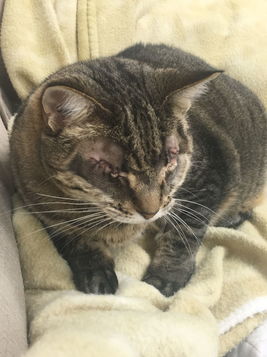
Jasmine is a beautiful 10 year old Siamese cat whose owner died. A-PAL took her from the shelter and adopted her to two homes where it just did not work out.
Jasmine is a sweetheart, but she has arthritis and needs medication and a patient owner. She was treated by Dr. Alison who believed she deserved another chance at a forever home. We believe she has found that home with Carolyn. Sybil came to A-PAL as a very chubby 2 year old cat with badly scarred eyes. It became apparent that she was having even more troubles and we discovered that she had painful glaucoma so her eyes were removed by Dr. Alison Pillsbury. We worried Sybil would have difficulty without her eyes, but she has shown us how well she can do maneuvering around. She is jumping up on perches and finding all the essentials of food, water and her litter box. When Carolyn told us she would consider two special needs cats, we began introducing these two cats who had been in our care for so long. We were pleased that in a brief period of time they are tolerant of each other and will probably become friends in their new home. A huge thanks is owed to the many people who supported A-PAL and these cats along their journey. We appreciate so much the loving people like Carolyn who are willing to share space in their homes and in their hearts for these special cats. With the belief that there is a home for every cat, we can work to SAVE THEM ALL. For more information please visit www.pawspartners.org or call 209-223-0410
Bruce Whiteman- Small Mammal Team Leader
Q: Why do you love skunks? A: " I love skunkies- they are not aggressive at all (unless you are a mouse), the babies are very comical to watch when they practice their stomping and butt pointing skills, and will quickly trust their handler during rehabilitation. But, strangers beware of course! They are the only critter I work with that is dangerous at both ends!" The picture is a training session looking for mealworms during a walk.
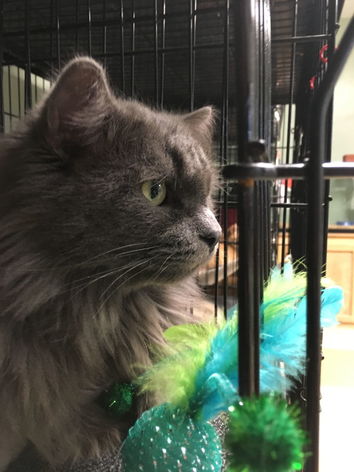
In the past FIV cats, once tested and confirmed positive, were routinely euthanized and thought to be impossible to adopt. We know now that these cats just like people with HIV, can lead long and healthy lives.
Unfortunately, many people think that only female cats need to be spayed because they produce the kittens, but it is truly important for male cats to be neutered as well. Once male cats reach maturity, they begin roaming and fighting and this is how the FIV virus is spread. This virus cannot be spread to humans or other types of animals and it is actually not spread easily among cats. FIV positive cats should be ideally housed as single cats and as inside only cats so that the virus has no chance to spread. The truth is that mother cats do not spread FIV to their kittens. A study in the Veterinary Journal revealed that it is safe to house FIV positive and negative cats together if they are properly introduced. The virus is only spread through intense fights and deep bite wounds. A-PAL Humane Society has 2 beautiful cats that are FIV positive up for adoption at the Feed Barn. Please go by and meet them.
Click on the image to learn more!
|
Archives
April 2024
Welcome!PawsPartners.org is an alliance formed between A-PAL Humane Society of Amador County and Tri County Wildlife Care, the latter serving native wildlife in Amador, Calaveras, and Eastern San Joaquin Counties. Since inception we have added the Shelter Partners volunteer group, who support our local Animal Control organization, and Amador County Animal Response Team (ACART). Categories
All
|
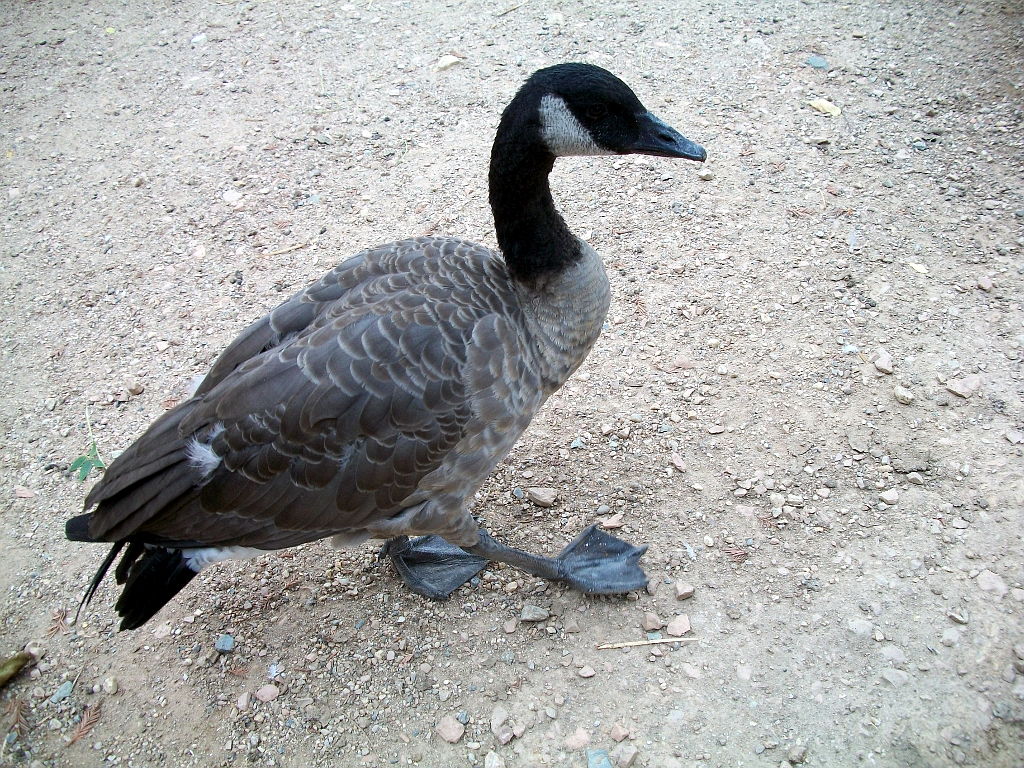
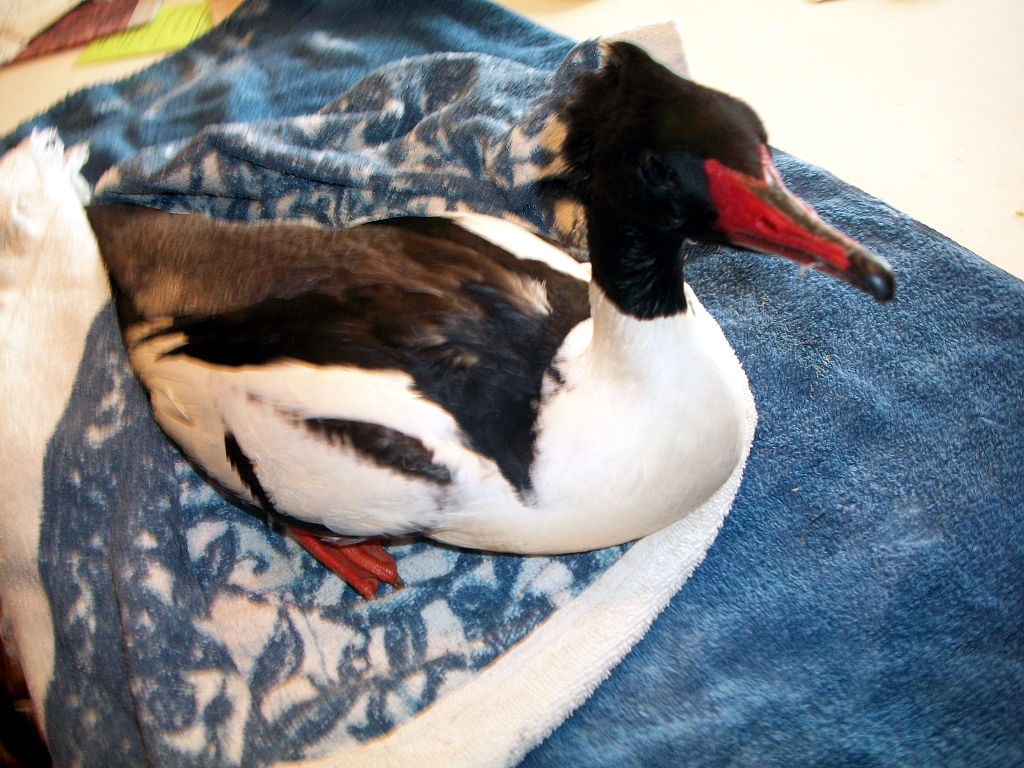
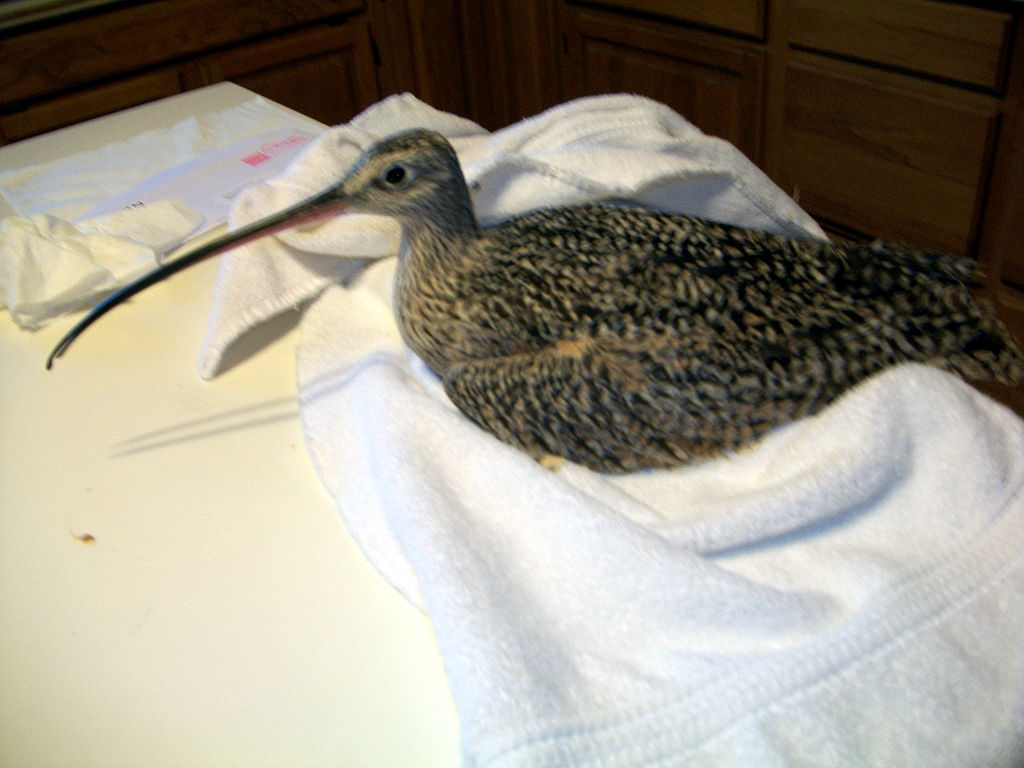
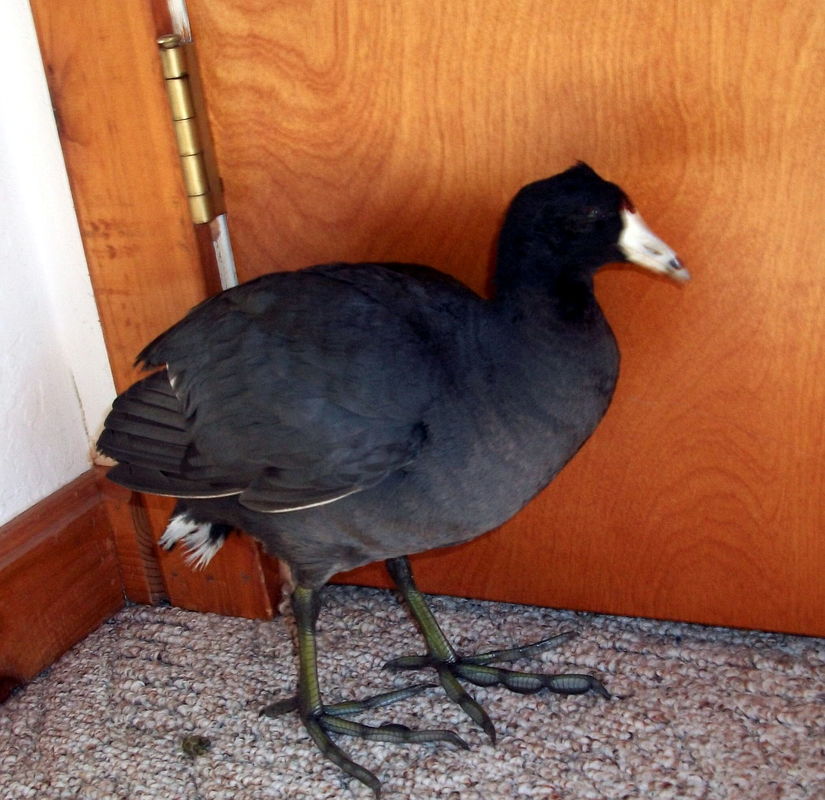
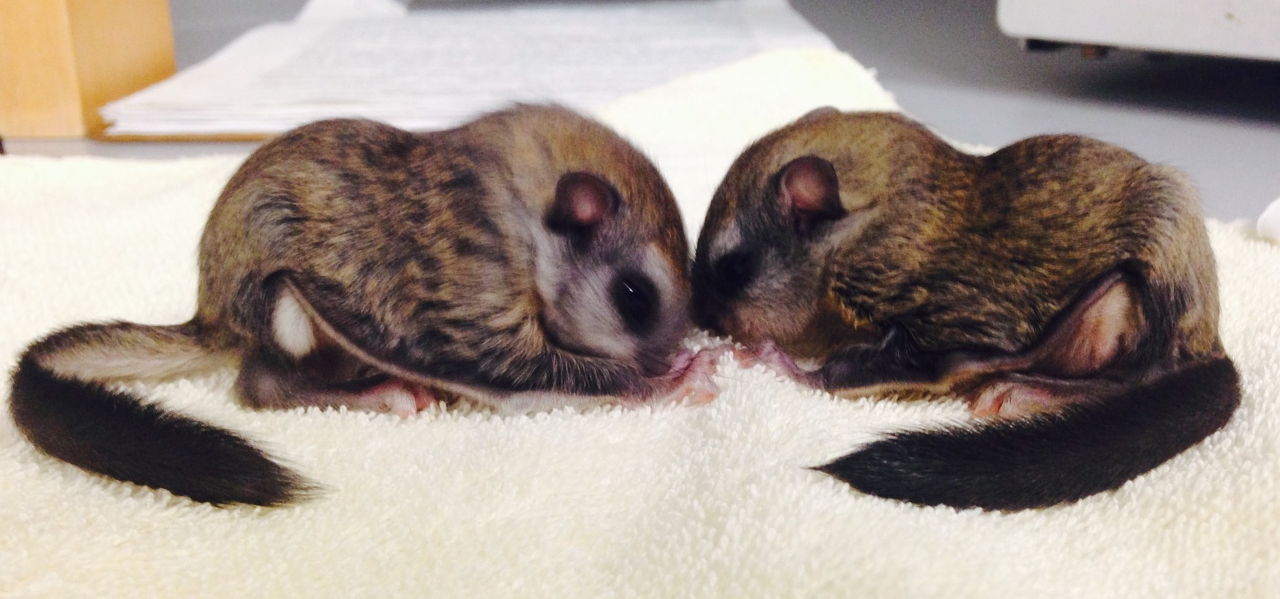
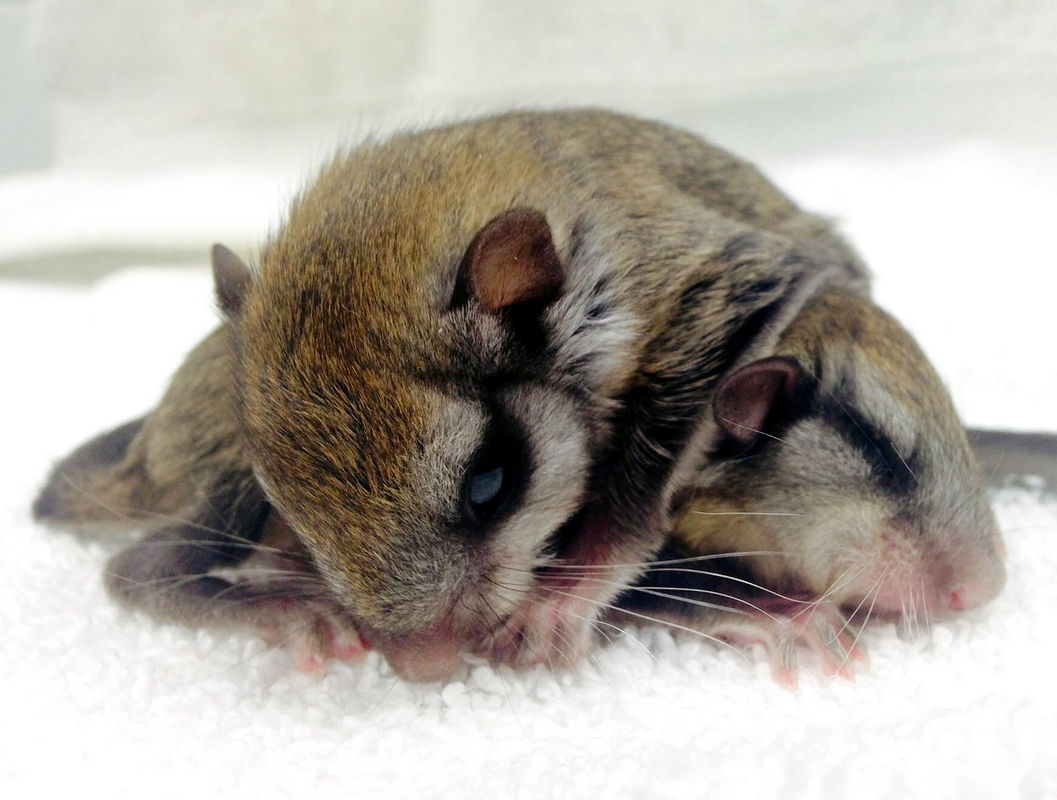
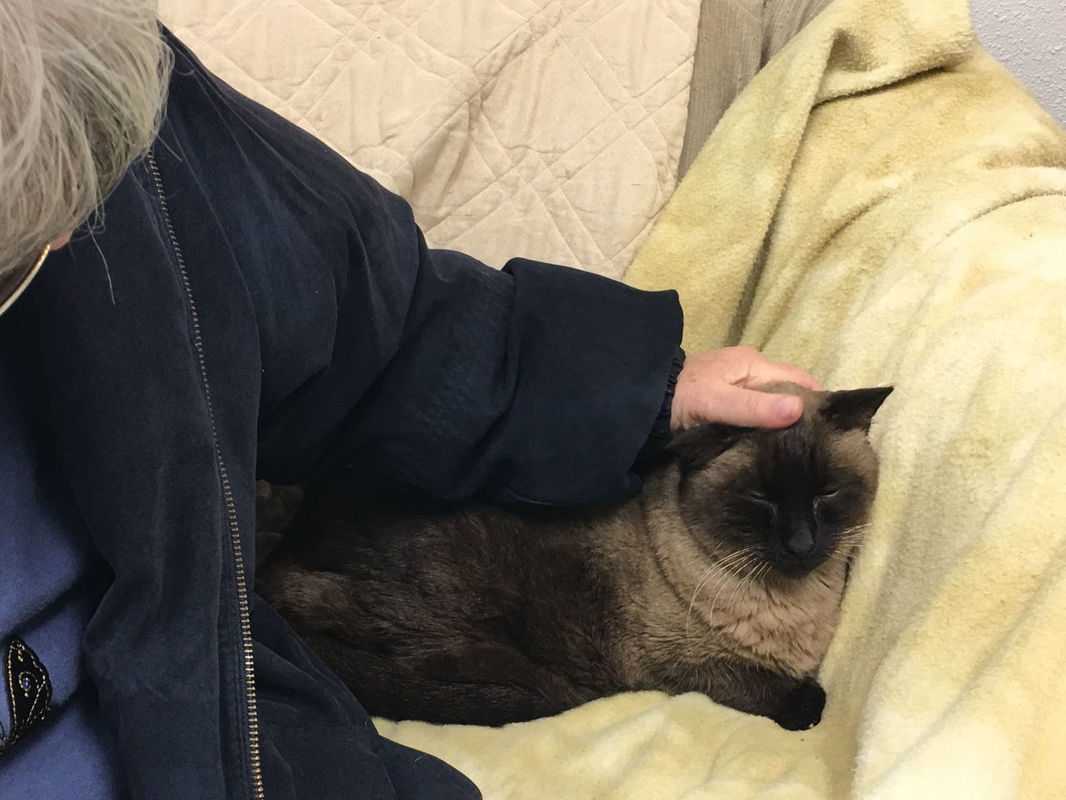
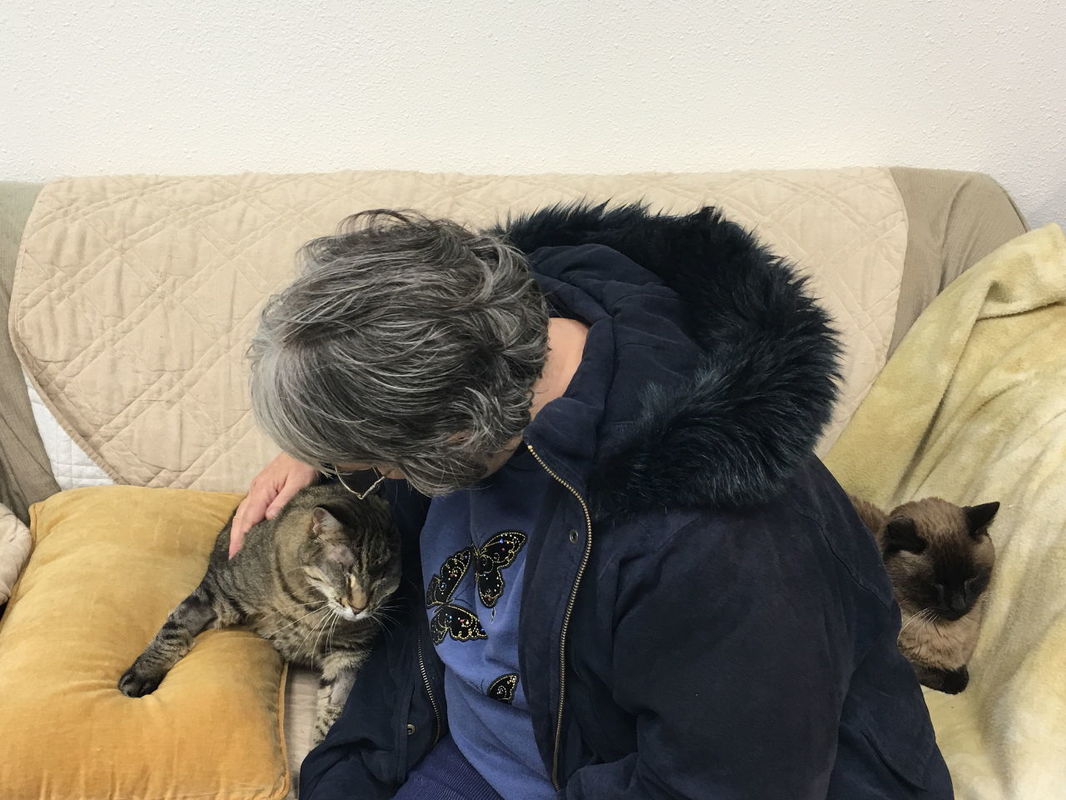
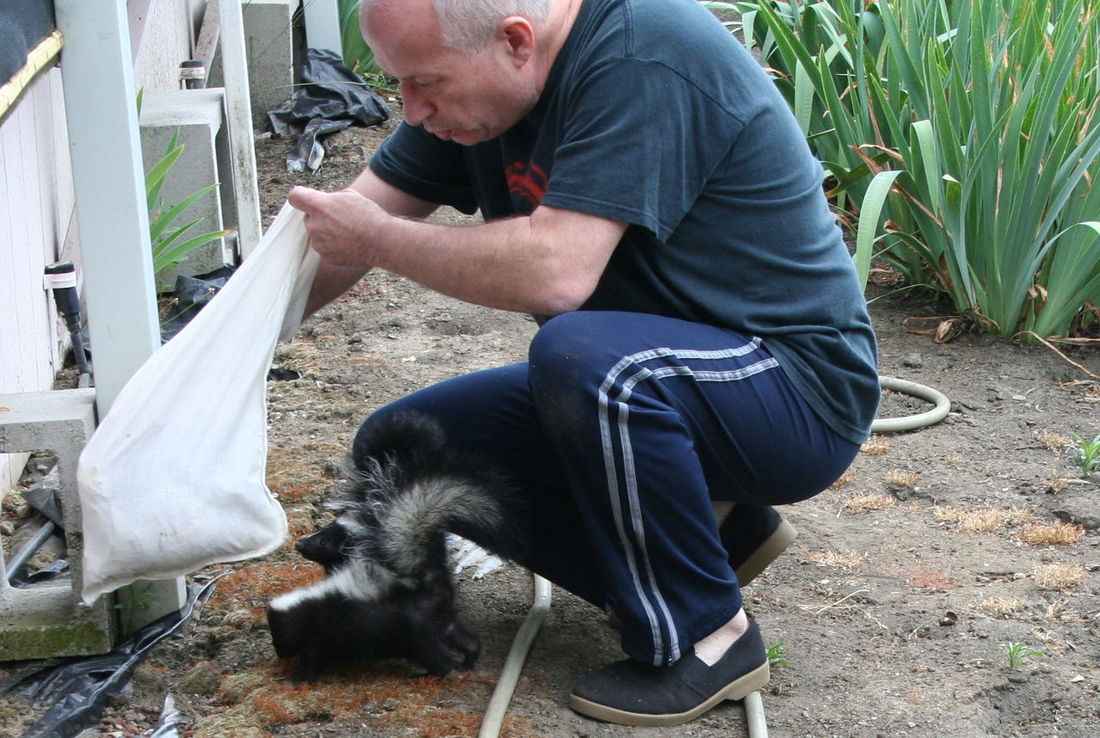
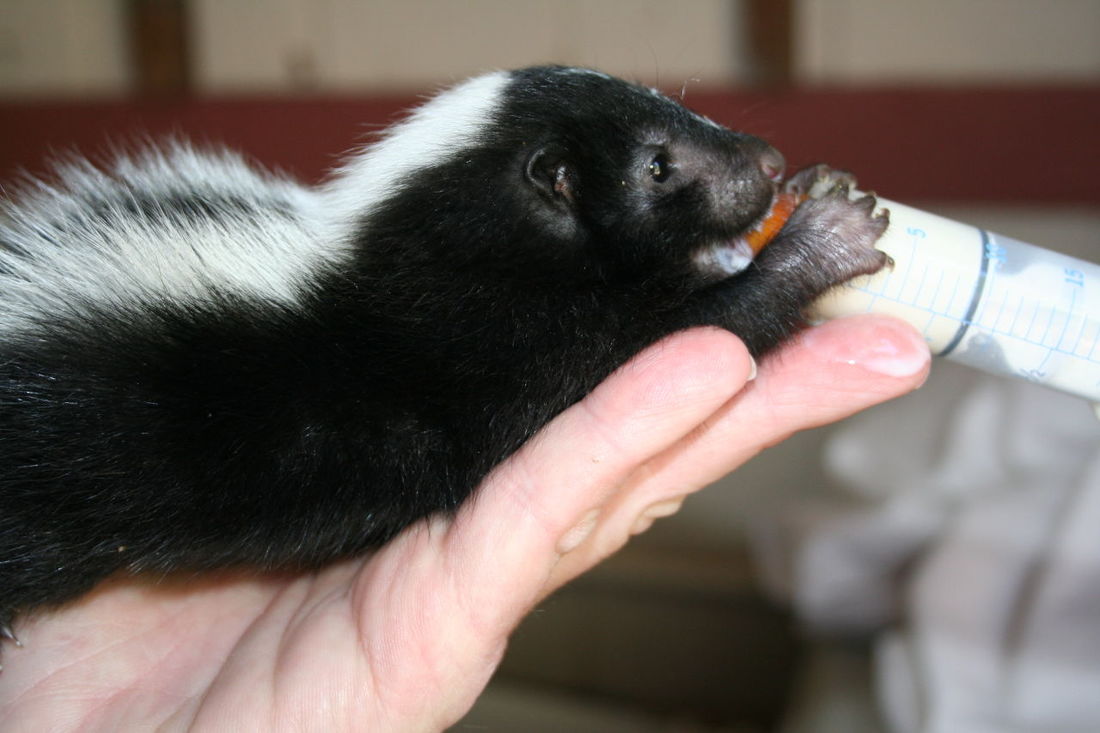
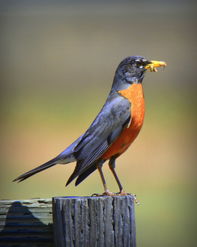
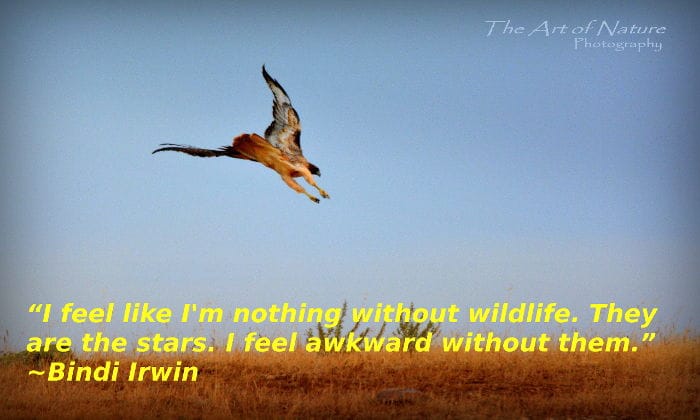
 RSS Feed
RSS Feed
